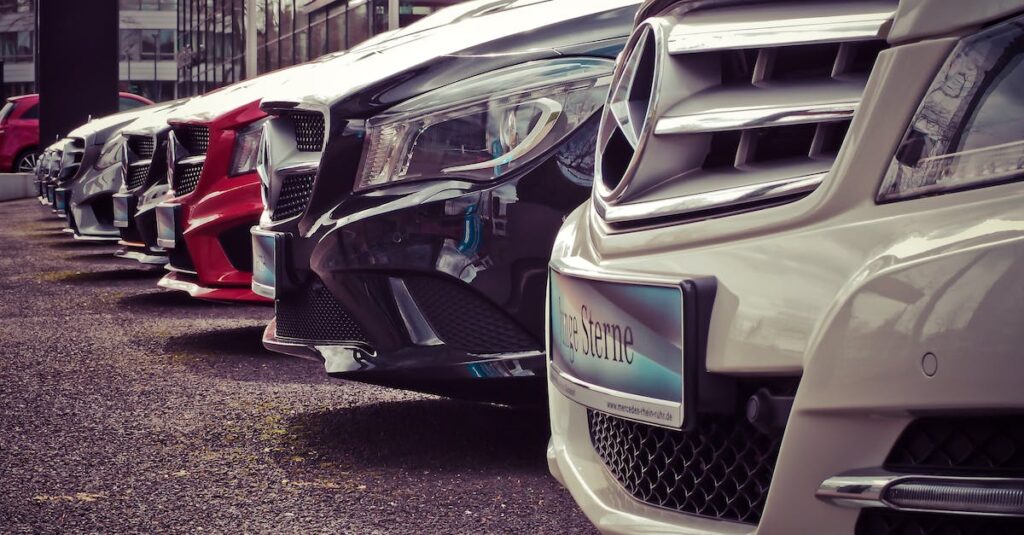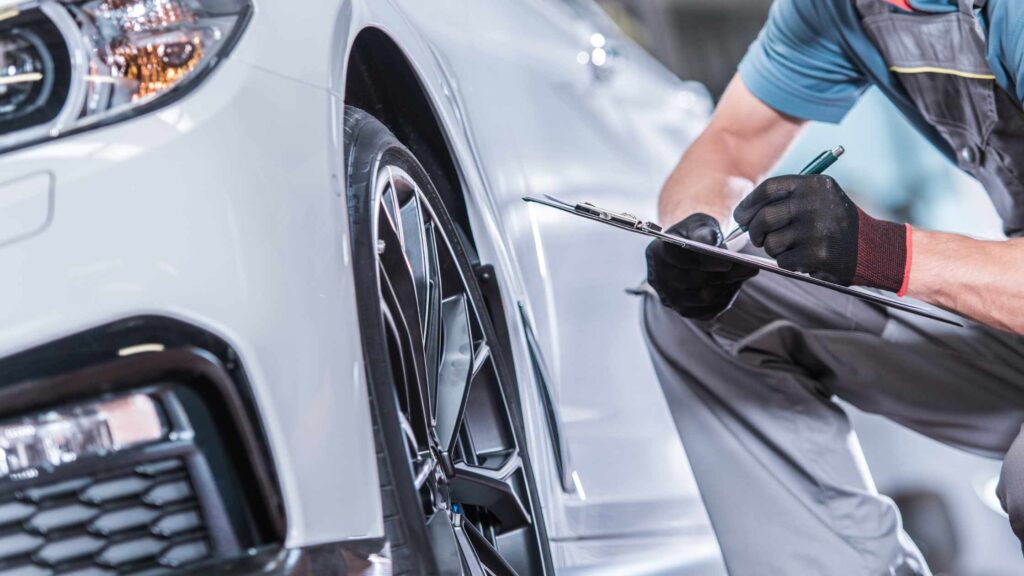Introduction
Installing body kits is a popular way to enhance the appearance of your car and give it a unique, customized look. Whether you want to transform your car into a sleek sports car or give it an aggressive stance, body kits offer endless options for customization. In this article, we will explore the art of installing body kits, covering the process, benefits, and tips for a successful installation.
What Are Body Kits?
Body kits are aftermarket accessories designed to modify the appearance of a vehicle’s exterior. They typically consist of front and rear bumpers, side skirts, and spoilers. Body kits come in various styles, materials, and finishes to suit different preferences and vehicle types. They can be made from fiberglass, polyurethane, carbon fiber, or even metal.
The Process of Installing Body Kits
- Research and Planning
Before installing a body kit, it’s crucial to research and find the right kit for your vehicle. Consider your car’s make and model, as well as your desired style and budget. Look for reputable manufacturers and read reviews to ensure you choose a high-quality kit. - Preparing the Vehicle
Before installing the body kit, thoroughly clean your car and remove any existing components that the kit will replace. This includes removing the stock bumpers, side skirts, and spoilers. Take care to preserve any wiring or sensors attached to these components. - Test Fitment
Test fit the body kit components to ensure they align properly with your vehicle’s body lines. Use masking tape to temporarily hold the parts in place and assess the fit. Make any necessary adjustments or modifications before proceeding. - Preparing the Body Kit
Prepping the body kit for installation involves sanding, priming, and painting. Determine the necessary steps based on the material of your body kit. Fiberglass kits require sanding and multiple layers of primer and paint, while polyurethane kits may only require sanding and painting. - Installation
Carefully follow the manufacturer’s instructions for installing the body kit. Begin by attaching the main components, such as the front and rear bumpers. Use the appropriate hardware provided by the manufacturer, ensuring a secure fit. Continue by installing the side skirts and spoilers, if included in the kit. - Alignment and Finishing Touches
After installing all the body kit components, check the alignment and make any necessary adjustments. Ensure that the parts are properly aligned with the vehicle’s body lines. Once satisfied, apply any necessary finishing touches, such as applying clear coat or wax to protect the paint and enhance the appearance.
Benefits of Installing Body Kits
- Enhanced Appearance
Body kits instantly transform the look of your car, giving it a more aggressive, sporty, or unique appearance. With various styles and designs available, you can choose a body kit that aligns with your personal taste and vision for your car. - Increased Resale Value
Installing a high-quality body kit can increase the resale value of your vehicle. A well-done body kit installation can make your car stand out in the used car market, attracting potential buyers who appreciate the customization and attention to detail. - Improved Aerodynamics
Some body kits are designed with aerodynamics in mind. These kits feature functional components such as spoilers and splitters that can enhance the flow of air around the vehicle, improving stability and reducing drag. - Personalization
Body kits allow you to personalize your car and make it yours. By choosing a specific style and design, you can differentiate your vehicle from others on the road and express your individuality.
Tips for a Successful Body Kit Installation
- Choose Quality Products
Invest in a high-quality body kit from a reputable manufacturer. Quality kits will fit properly, have better durability, and offer a more professional finish. - Professional Installation
While it is possible to install a body kit yourself, professional installation is highly recommended, especially if you lack experience or the necessary tools. Professional installers have the expertise to ensure a seamless fit and finish. - Consider Professional Paint
To achieve a flawless, factory-like finish, consider having the body kit professionally painted. This ensures a perfect color match and a durable paint job that will withstand daily wear and tear. - Regular Maintenance
After installing a body kit, regular maintenance is essential to preserve its appearance and durability. Wash your car regularly, avoid abrasive cleaners, and apply wax or sealant to protect the paint and prevent fading or chipping.
Summary
Installing body kits is an art that allows car enthusiasts to transform the look of their vehicles. By following a well-planned process and considering the benefits and tips mentioned in this article, you can successfully install a body kit and give your car a truly customized appearance. Whether you’re seeking enhanced aesthetics, improved aerodynamics, or personalization, a body kit offers endless possibilities for transforming your car into a work of art.







